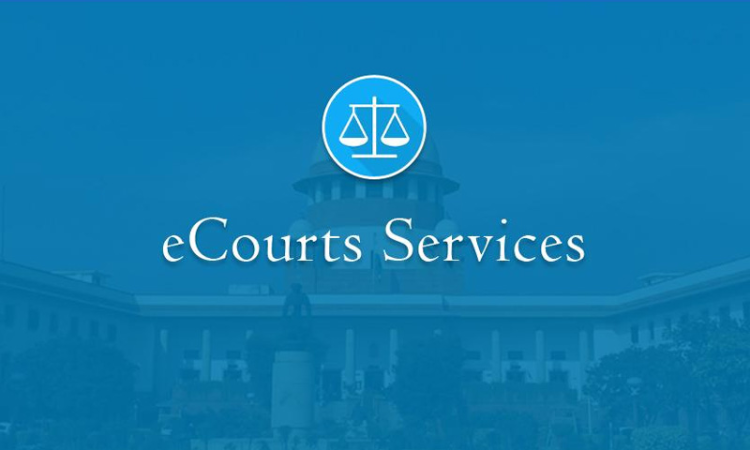Union Cabinet Approves E-Courts Phase III For 4 Years With Budget Of Rs.7210 Crore
LIVELAW NEWS NETWORK
13 Sept 2023 7:51 PM IST

Next Story
13 Sept 2023 7:51 PM IST
The Union Cabinet today approved the e-Courts Project Phase III as a Central Sector Scheme spanning four years (2023 onwards) with financial outlay of Rs.7210 crore, stated the Union Ministry of Law and Justice in a post in X(formerly Twitter)."With the Cabinet approval of eCourts Project Phase III, we are ushering in a new era of justice delivery in India. Integrating advanced...
